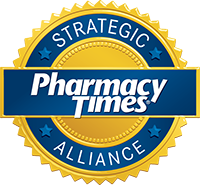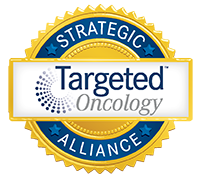Testicular Cancer: Detection, Symptoms and Treatment
Dr. Charanjeev Kapoor of RCCA’s Connecticut Division
Cancer that begins in the testicles is known as testicular cancer. According to Dr. Charanjeev Kapoor, an oncology specialist at Regional Cancer Care Associates (RCCA), the key to diagnosing and treating testicular cancer is patient awareness. Affecting only about 1 in every 263 men in the United States, testicular cancer is a highly treatable disease that can be detected during routine physicals and, though less commonly, through testicular self-examinations (TSE).
Risk Factors for Testicular Cancer
The Manchester, Connecticut office of RCCA sees about 10 cases of testicular cancer per year, and, as Dr. Kapoor notes, that number has remained consistent over time. The American Cancer Society estimates that approximately 8,850 new cases of testicular cancer are diagnosed in the United States each year. The chances of developing this type of cancer are commonly higher for men with an undescended or a maldescended testicle, also known as “cryptorchidism.” Affecting a small portion of boys, cryptorchidism is very rare.
Other risk factors include a family history of the disease as well as race. Though the reasons are largely unknown among oncologists, Caucasian men are at a higher risk than those of Asian or African descent. Additionally, while children, teens and the elderly can develop testicular cancer, it’s most commonly found in middle-aged men in their early 30’s.
Signs and Symptoms Of Testicular Cancer
While performing a self-exam, men should look for “a sudden increase or change in size of the testes or any pain,” explains Dr. Kapoor. Symptoms of testicular cancer often include painless lumps, testicular swelling or tenderness, dull aches in the lower abdominal, back or groin area and a feeling of heaviness in the scrotum. If anything unusual is detected, it’s important to schedule an appointment with a healthcare provider right away.
Testicular Cancer Treatments
While the type and stage of testicular cancer may determine the specific course of treatment, medical professionals have found that surgery is the most effective option to date. This may include the removal of one or both testes, otherwise known as an orchiectomy. “The key to treatment is the surgery followed by chemotherapy and radiation therapy when appropriate,” says Dr. Kapoor.
How to Perform Monthly Testicular Self-Exams
If testicular cancer is discovered in the early stages, the survival rate is usually very high. However, it’s difficult for some people to acknowledge when there’s something wrong, often ignoring the symptoms or just waiting for them to go away. As Dr. Kapoor notes, “People should know that it’s highly treatable with a response rate of close to 99% and an overall survival of more than 90 – 95%.”
In order to perform a TSE (testicular self-examination), each testicle should be examined separately, ideally while taking a warm bath or shower, or just afterward, while the scrotal skin is relaxed. When conducting your own exam, simply look and feel for abnormalities, like hard lumps or nodules (smooth masses), and be aware of any tenderness or pain that occurs.
Because some patients don’t exhibit any symptoms at all, it’s important to regularly visit your doctor for a physical, and be sure to mention any concerns you may have.
we are here for you
For more information or to schedule an appointment,
call 844-346-7222. You can also schedule an appointment by calling the RCCA location nearest you.
RELATED ARTICLES

Regional Cancer Care Associates is one of fewer than 200 medical practices in the country selected to participate in the Oncology Care Model (OCM); a recent Medicare initiative aimed at improving care coordination and access to and quality of care for Medicare beneficiaries undergoing chemotherapy treatment.





